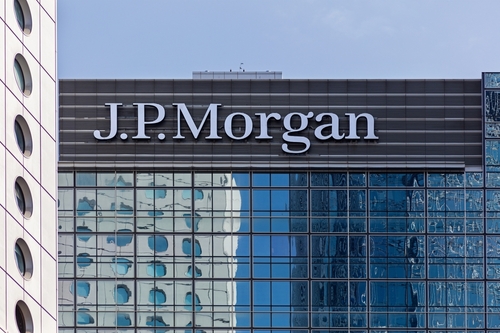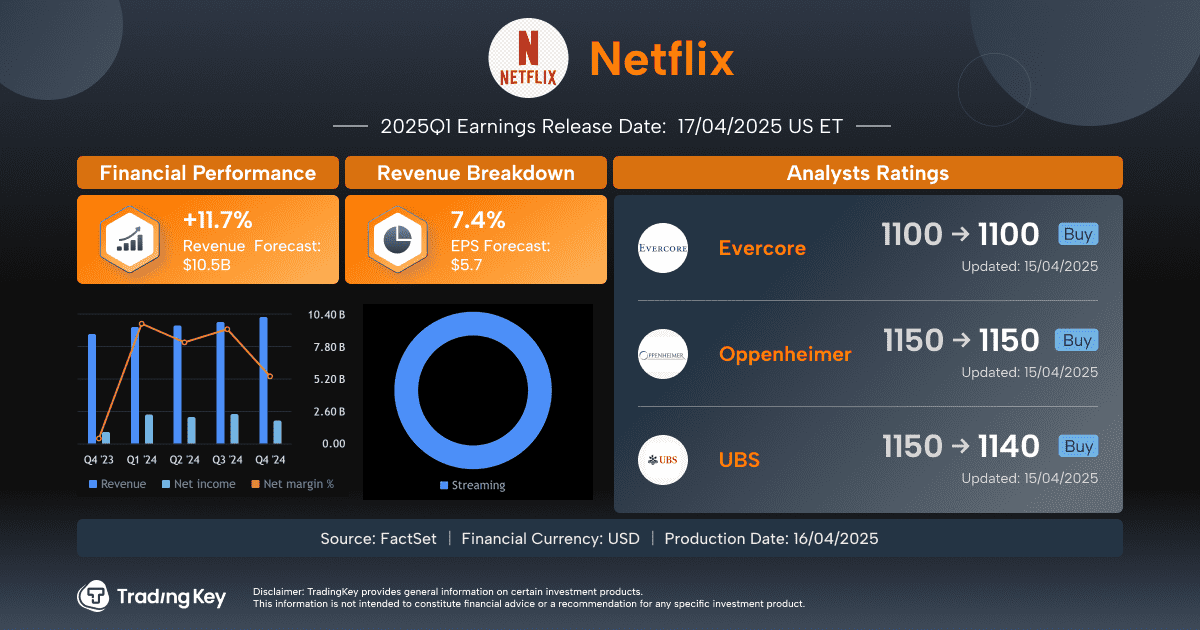Home Depot Stock: Earnings For Q4 FY2024 Beat As Comparable Sales Turn Positive


TradingKey - When investors look at the consumer market in the US, they automatically think of big-box retailers or online retail platforms.
However, one of the biggest consumer discretionary sectors in the US is spending on home improvement – given the massive size of the US housing market.
The leading player in the home improvement retail space is Home Depot Inc (NYSE: HD). It operates over 2,300 retail stores in North America, with most of them in the US.
With interest rates staying “higher for longer”, investors are interested to see whether Home Depot’s business can keep growing in an environment where mortgage rates in the US are hovering around 7%. Investors got an opportunity to have an update when Home Depot reported its Q4 FY2024 earnings (for the 14 weeks ending 2 February 2025) on Tuesday (25 February) before the market open.
While Home Depot initially dipped as much as 2% in pre-market trading, shares actually ended the trading day up 2.8%. Here’s a look at why the feeling of initial disappointment transitioned to a more upbeat tone for investors.
Comparable sales turn positive for first time in two years
Home Depot delivered revenue for Q4 FY2024 of US$39.7 billion, up 14.1% year-on-year although this growth was partially explained by there being 14 weeks in Q4 FY2024 versus 13 weeks in Q4 FY2023. It also came in ahead of consensus expectations for US$39.2 billion in revenue.
Even better, comparable (or same-store) sales – which is a key metric looking at sales growth of established stores – actually registered 0.8% year-on-year growth in Q4 FY2024.
That was an important turning point for Home Depot because it reversed a negative trend of eight consecutive quarters of declining comparable store sales. It was also a significant beat on consensus expectations for a decline of 1.5% in comparable sales.
That was key because it offset some negative news from the guidance front. Home Depot expects just 2.8% in sales growth for FY2025 alongside comparable sales growth of just 1% for FY2025. That put a dampener on the positive news from comparable sales for the reported quarter but wasn’t enough to stop Home Depot stock rising for the day.
Consumers getting used to high rates
Home Depot stock, along with its smaller rival Lowe’s Companies Inc (NYSE: LOW), have been highlighted as potentially big beneficiaries in the stock market if interest rates start to fall. Yet, with rates staying higher, many analysts are pushing out growth estimates for the sector.
Yet Home Depot CFO Richard McPhail struck a relatively upbeat tone in his remarks after earnings. He stated that consumers are now gradually getting used to spending amid higher rates rather than waiting for them to fall.
With families growing and people still moving or upsizing, the need for home improvement continues. As CFO McPhail stated:
“Home improvement always persists and so the question, I think, will be around the mindset of whether long-term rates have gotten to a new normal”.
That was backed up the data for the quarter as Home Depot saw broad growth across categories – with sales increasing in more than half of its merchandise categories – and in 15 of its 19 US geographic regions.
Meanwhile, transactions rose 8% year-on-year to 400.4 million and the average ticket (i.e. spend size) was US$89.11 in the quarter, versus US$88.87 in the year-ago quarter.
Should investors look to Home Depot stock?
Finally, Home Depot also announced a slight increase to its dividend, raising its quarterly dividend per share (DPS) from US$2.25 to US$2.30 – representing a 2.2% year-on-year increase.
While this is significantly slower than previous years, it does keep up the company’s streak of 152 consecutive quarters of paying a dividend. Currently, based on the latest announced dividend, Home Depot shares now yield 2.3%.
For investors, the bigger question will be whether they should look to enter Home Depot stock. If the US consumer can stay strong and interest rates fall even a little from these levels, the upside could be rewarding over the next 12-18 months.
With investors also paid a 2.3% dividend to “wait” while the consumer landscape recovers, Home Depot provides a quality mid- to long-term play on stronger consumer spending in the home improvement sector.







